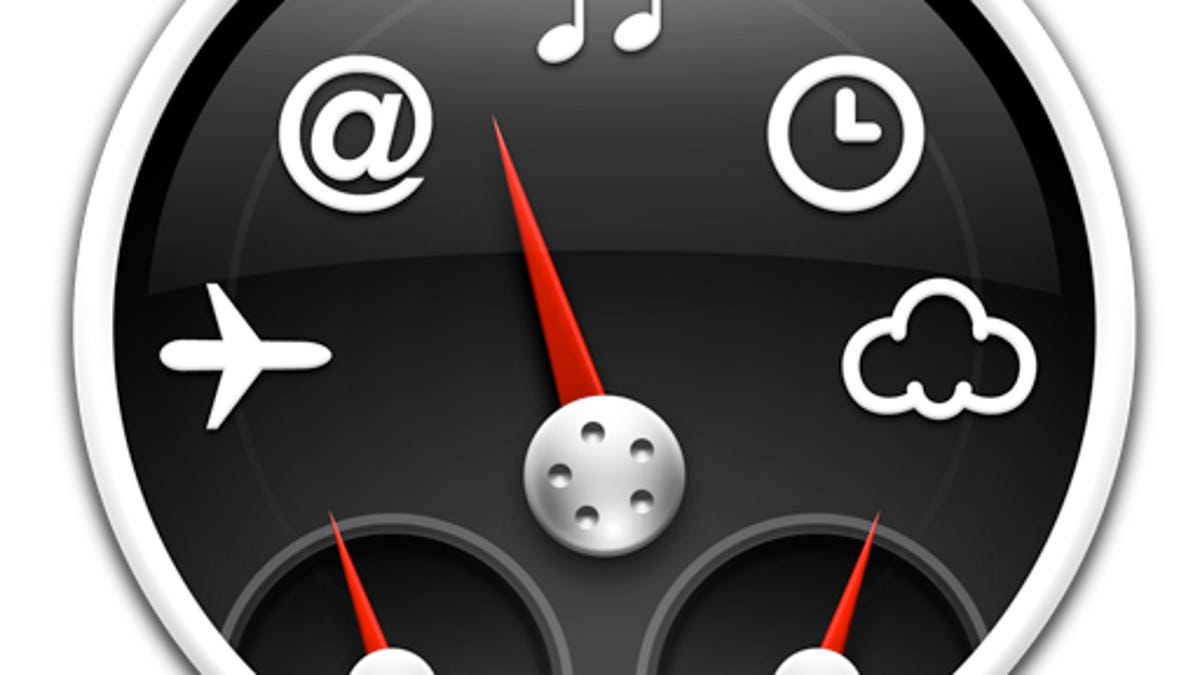Tips for using the Dashboard in OS X
If you use the OS X Dashboard feature, there are several options to change the way it functions.

Apple's Dashboard feature in OS X is a convenient way to access widgets for looking up information on your system. The default behavior for Dashboard is to activate when a hot key is pressed (the default being the F4 key), where the system will present the dashboard as an overlay to your current desktop. This is the setup most users are accustomed to. However, if you would like, you can make some modifications to this and have widgets appear in their own space -- or even have them be embedded on your desktop.
The first option is to have Dashboard appear in its own space (for Lion and Mountain Lion users) where, with the system's full-screen capabilities, you can set it to occupy a separate full-screen environment. To do this, go to the Mission Control system preferences and check the option to Show Dashboard as a Space. Once done, you will no longer see an overlay but instead have your view shift to the space containing the widgets.
While the overlay mode is perhaps more convenient, using a separate space may be a quick way for you to hide anything on your screen from onlookers, as a quick press of the F4 button will eliminate everything except for the Dashboard.
While F4 is the default button, you can customize the hot keys used to activate it, just as you can with other Mission Control and full-screen features. These can be done using the drop-down menus in the Mission Control system preferences, or by setting hot corners with the button to do so at the bottom of the Mission Control settings. You can also set mouse and trackpad gestures to activate Dashboard if you use a third-party gesture manager like BetterTouchTool.
The last option with Dashboard is embedding its contents on your desktop. This is a hidden feature in Dashboard. While it can result in desktop icons and windows cluttering the view of your widgets, you can place them in areas with no icons, then reveal them by using the "Show Desktop" Mission Control feature.
To do this, you will first have to enable Dashboard's developer mode, by opening the Terminal utility in OS X and running the following command, followed by logging out, then logging back in to your account:
defaults write com.apple.dashboard devmode YES
For those running Lion or Mountain Lion, you will need to disable "Show Dashboard as a space" as mentioned above for the rest of this procedure to work.
Now to place a widget on the desktop, activate Dashboard and position the widget of choice in the spot you would like it on your desktop, then click and hold the widget while pressing the F4 key (or any custom hot key you use) to disable Dashboard. This will drop the widget from the Dashboard to your desktop, where it will reside until you undo this action.
To disable this, you will first need to place any widgets back on the Dashboard from your desktop, which can be done by clicking and holding the widget and then activating Dashboard, followed by releasing the widget. Do this for all widgets you have placed on your desktop, then optionally undo the developer mode by running the following command, and logging out and back in to your account:
defaults delete com.apple.dashboard devmode
Note: Instead of logging out and back into your account after performing these Terminal commands, you can simply quit and re-launch the Dock by forcing it to quick with Activity Monitor or by running the following command in the Terminal:
killall Dock
Questions? Comments? Have a fix? Post them below or
e-mail us!
Be sure to check us out on Twitter and the CNET Mac forums.

